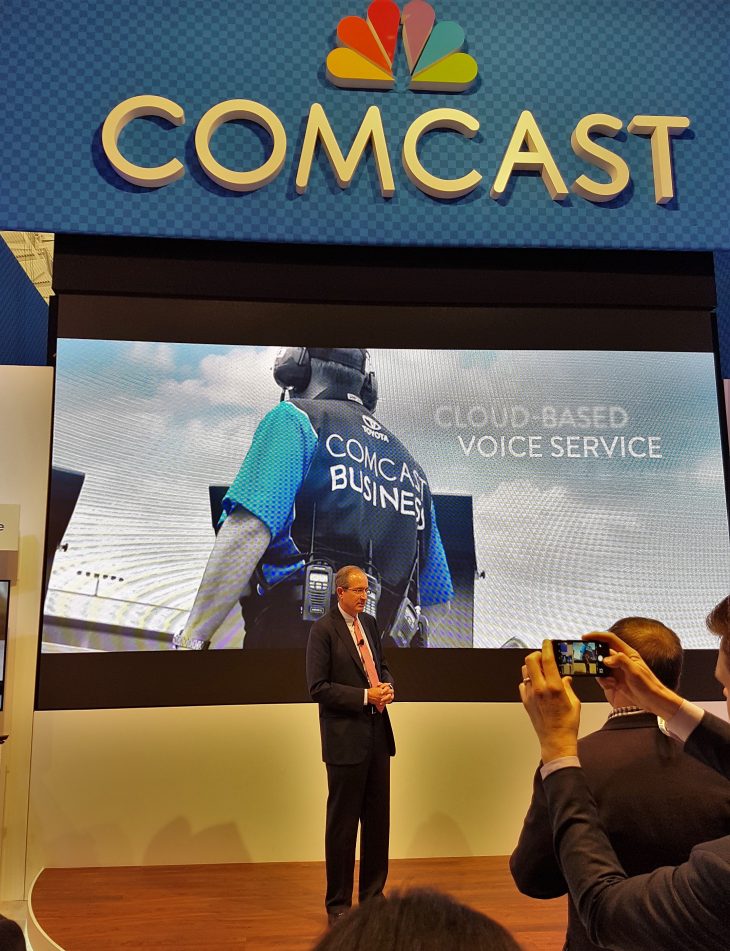
BOSTON – It wasn’t long ago where cable leaders like Comcast CEO Brian Roberts felt constrained by – and complained about – the slow pace of technological development in the industry.
MSOs were once 100% tied to either the Motorola (formerly General Instrument) or Cisco (formerly Scientific-Atlanta) video platforms – and their development cycles – when it came to providing consumers with new in-home equipment like cable set top boxes. Development was slow and carriers bought gear optimized for the industry as a whole and not necessarily their own customers.
Over the past five years or so, pressured by the intense competition brought forward by the likes of Apple, YouTube, Google and Amazon, Comcast has changed all that. While the largest booths on the convention floor at the Cable Show (now called INTX) used to belong to vendors and programmers, this year, the biggest, most prominent presence is Comcast’s – which is all at once a carrier, broadcaster (NBCU) and major tech player. America’s biggest cable company has, more or less, wrested control of the cable industry’s technological leadership away from vendors.
Its flexible, consumer-friendly X1 platform (Comcast is actually gaining video subscribers) is the class of the industry with cable brethren such as Cox Communications and Shaw Cable rolling it out to customers (the technology is driving Shaw’s Freerange TV) and the company has plans to push it out internationally. The set top  boxes (its newest and tiniest is pictured at right) and other devices and software it is deploying to power Xfinity is being built in house under CTO Tony Werner.
boxes (its newest and tiniest is pictured at right) and other devices and software it is deploying to power Xfinity is being built in house under CTO Tony Werner.
“Those devices are spec’d by them,” said Roberts pointing to his tech leaders “and that software is built by them and their teams.” Saying he’s pleased with the Cox and Shaw launches, “we want to make this platform available around the world and we have a whole group that is doing nothing but that,” he said in response to a question by Cartt.ca.
Comcast “is a different company than it was five years ago, even two years ago,” explained Roberts. “We also want to take a lot of the software out and around the corner there, you’ll see a Samsung TV doing all the same things (as a set top box) – you’ll see Roku doing it… with html5 we think it’s easier to transition to other platforms than it has ever been.
“There are a number of things on the road map that allow us to innovate within our own control rather than relying on others, as you said about what this show used to be like,” he added.



